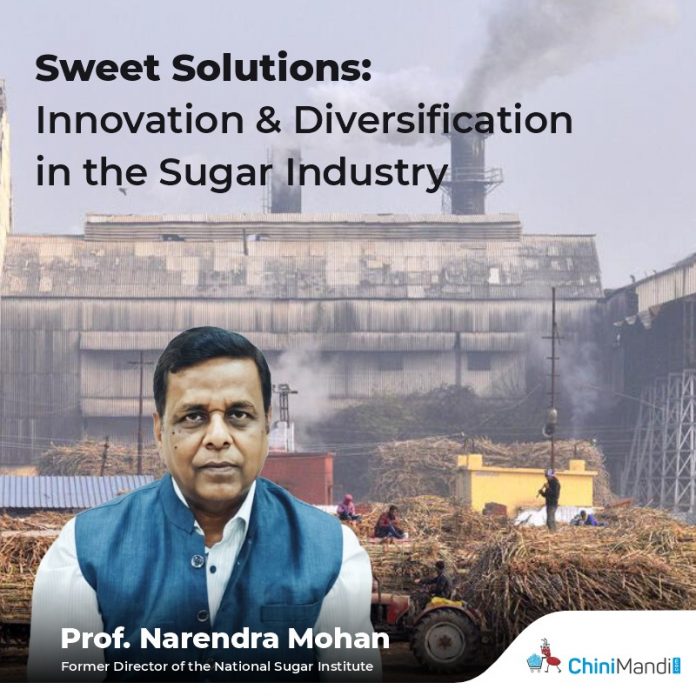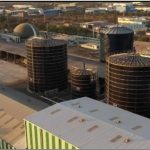The Indian Sugar Industry has remained at the forefront for reducing its captive steam and power requirements to save bagasse for either sale in the open market or to use it for generating surplus green power for export to grid, in either case increasing its revenue pot & also doing good to environment. However, analysis of the energy consumption patterns in the sugar mills on pan India basis reveals that there exists significant scope for improving the energy efficiency in the Indian Sugar Industry.
In the bunch of “Non-performing Sugar Units”, major reason for inefficiency is attributed to presence of large number of old, small capacity sugar mills which have not invested over the years in modernizing or upgrading various equipment & process technology. On the other hand, progressive sugar factories changed the scenario with respect to efficient power generation and reduction in energy consumptions, investing wisely in process up-gradation, installation of energy efficient equipment and recovery of waste heat, said Prof. Narendra Mohan, Former Director, National Sugar Institute, Kanpur.
Today, even with very high imbibition levels, to the extent of +300 added water % fibre in cane, plantation white sugar factories are reporting steam consumption to the extent of 35-36% or even lower, while the back end refineries are operating with 40-42% steam consumption. This has become possible mainly due to adoption of longer train of Evaporator, as high as seven effect, operating it at a lower vacuum to have high temperature vapours and bleeding more and more vapours from succeeding bodies. Off course, credit of continuous pans, falling film evaporators and waste heat recovery units cannot be ignored.
As regards power generation potential and consumption, apart from improving the end use efficiency in the plants, adoption of high pressure & high temperature steam cycles also made the difference and today the Indian Sugar Industry is using boilers of 125 ATA pressure. Installation of energy efficient plant & machinery, use of HT motors, AC-VFD drives coupled with efficient gearing system viz. planetary gear boxes, higher degree of automation and concept of super gravity plants resulted in power consumption to the extent of 20-22 kW per TCH in the processing house in plantation white sugar factories.
While every sugar factory is required to attain the benchmark performance, we have to look for improvising our efficiencies further. As I said during the ISSCT Congress at Thailand (2016) also, Mechanical Vapour Re-compressors (MVR’s) may prove to be game changer drastically cutting down the steam requirements and I am happy to see that it has made its entry in the Indian Sugar Industry, both in sugar & ethanol units.
While we still have questions on economics of bagasse dryers and evaluate the performance of MVR’s for adoption on larger scale, we should not forget Diffusers and Trash Plate Less Mills which can provide substantial power savings, said Prof. Mohan. We have to have a vision 2030 for benchmarking the figures of energy consumption down by 20% from existing levels stressed Prof. Narendra Mohan.












